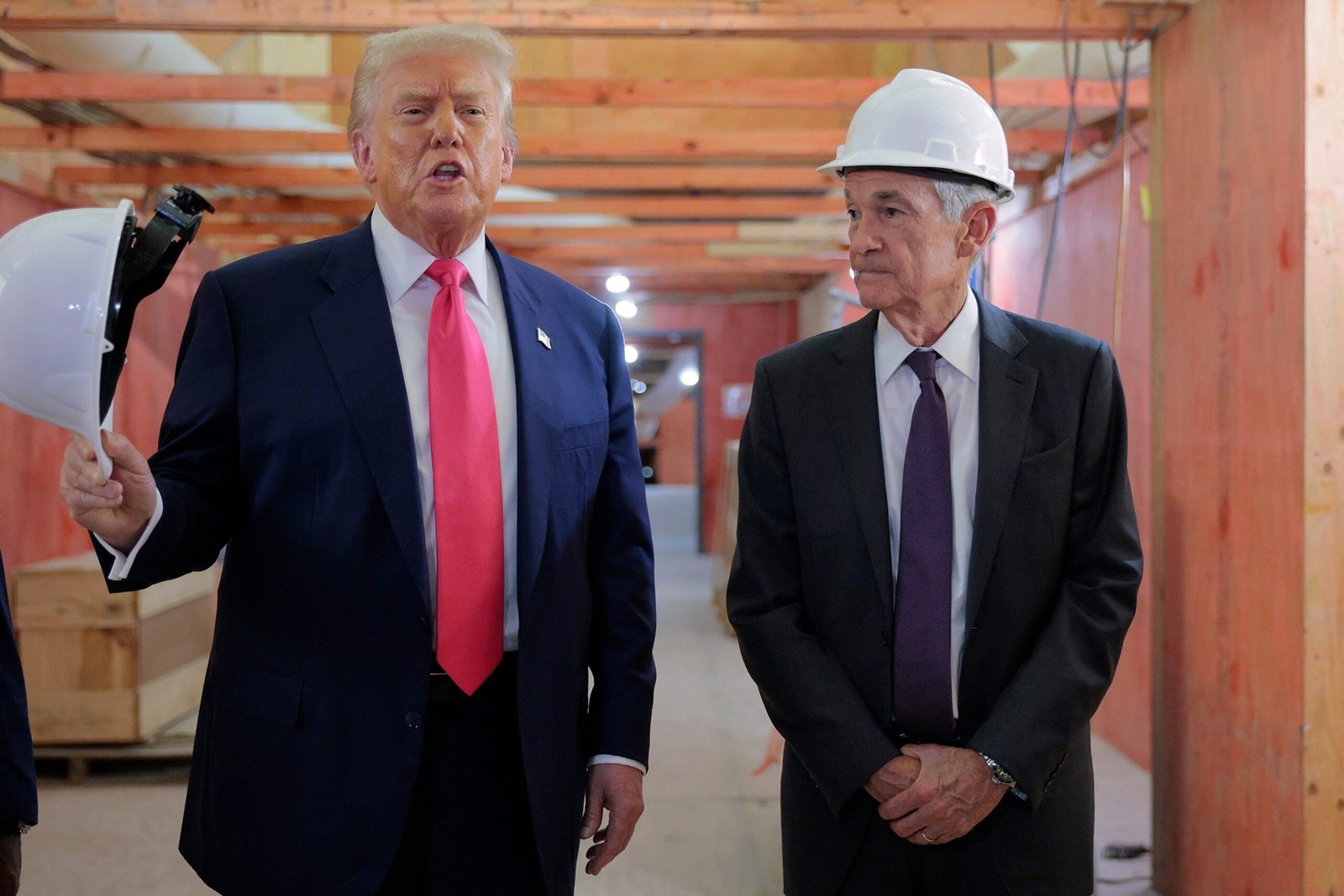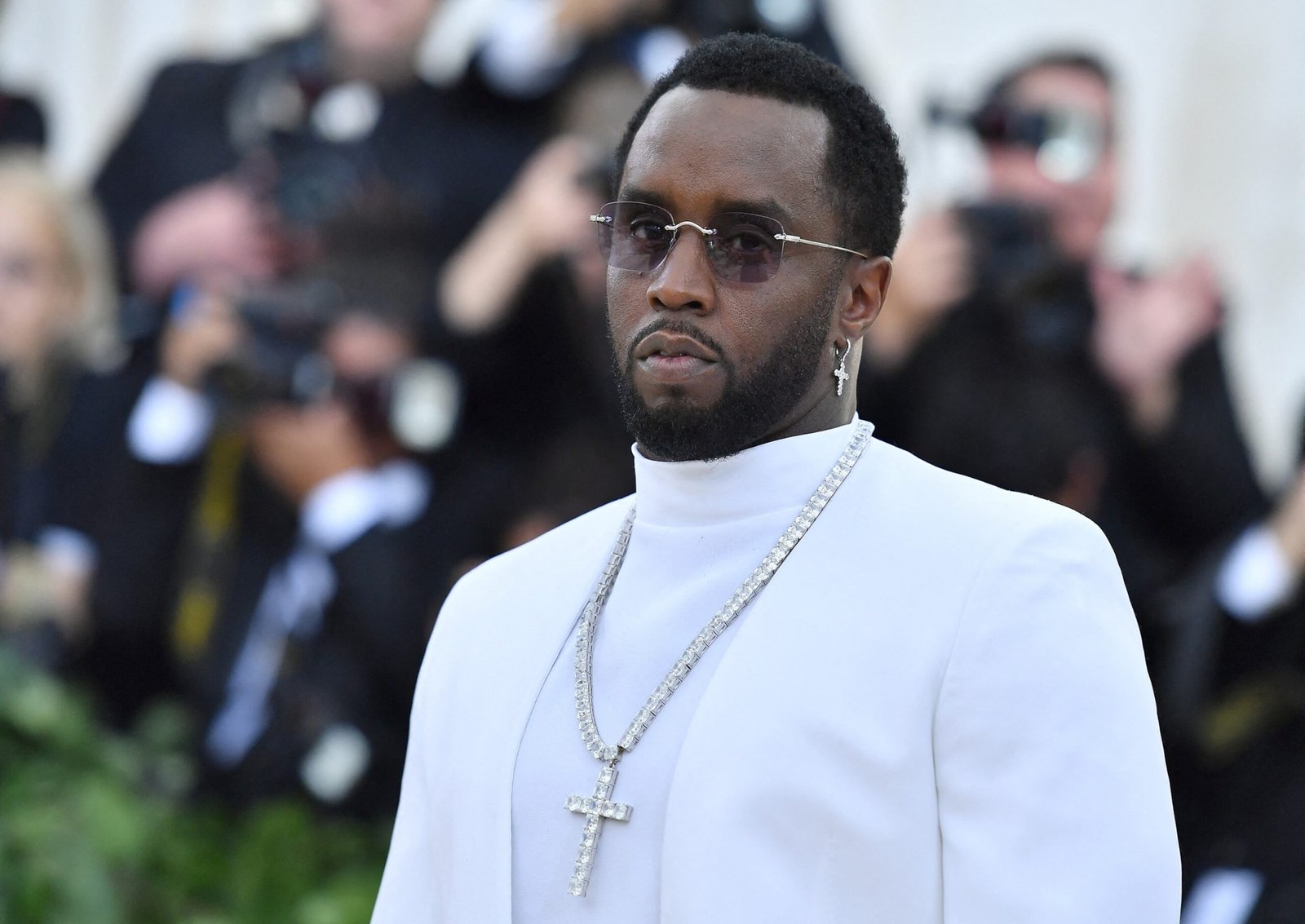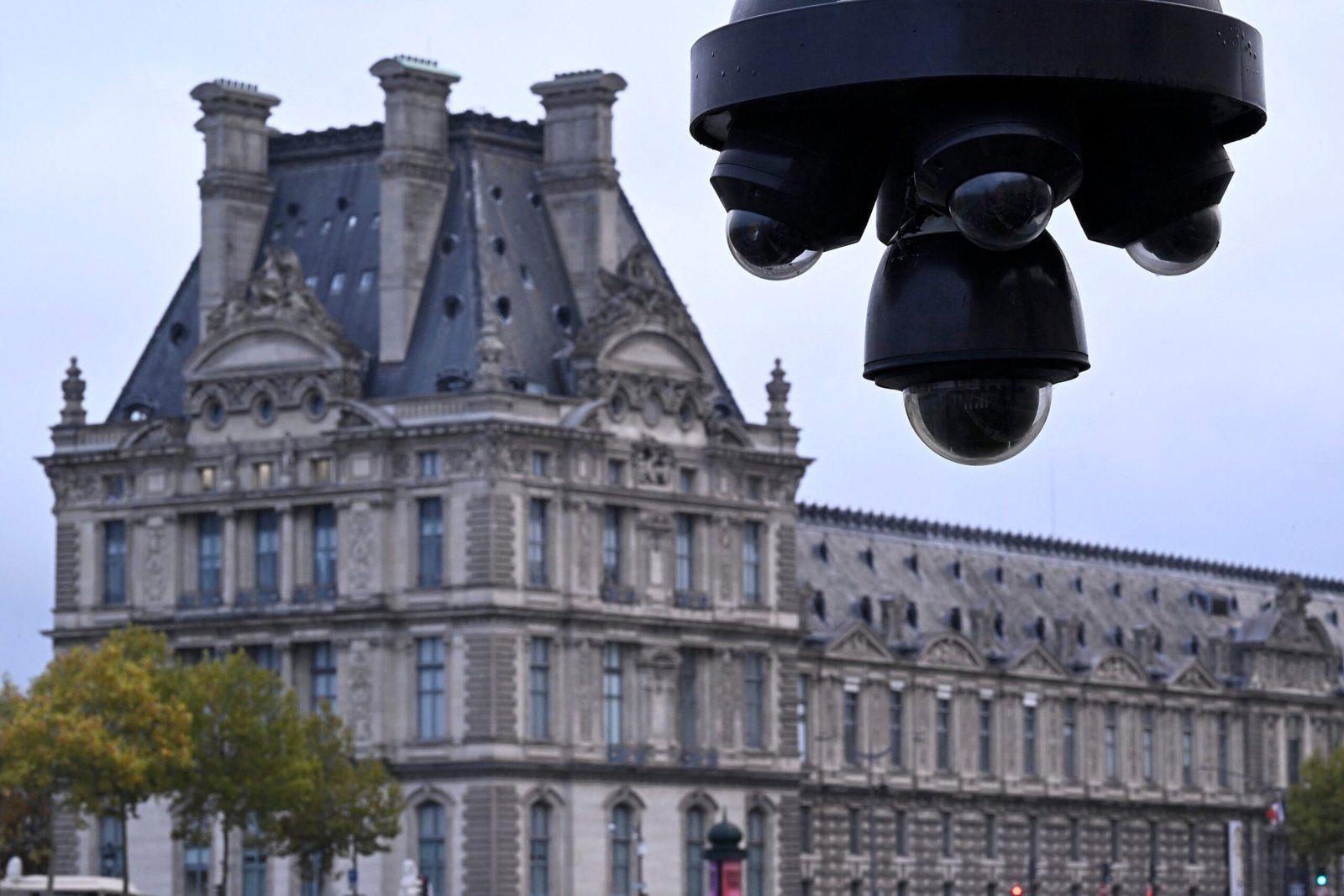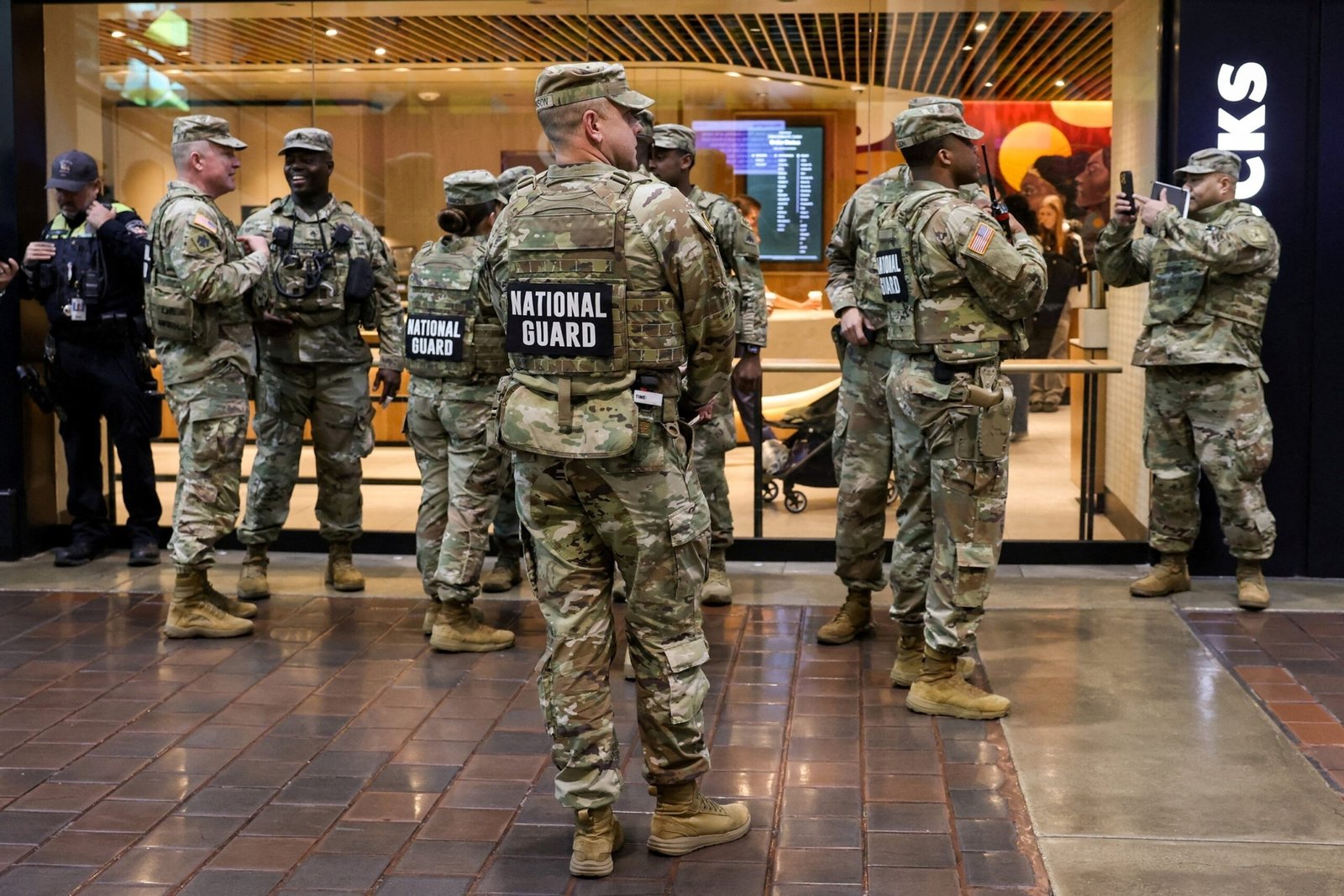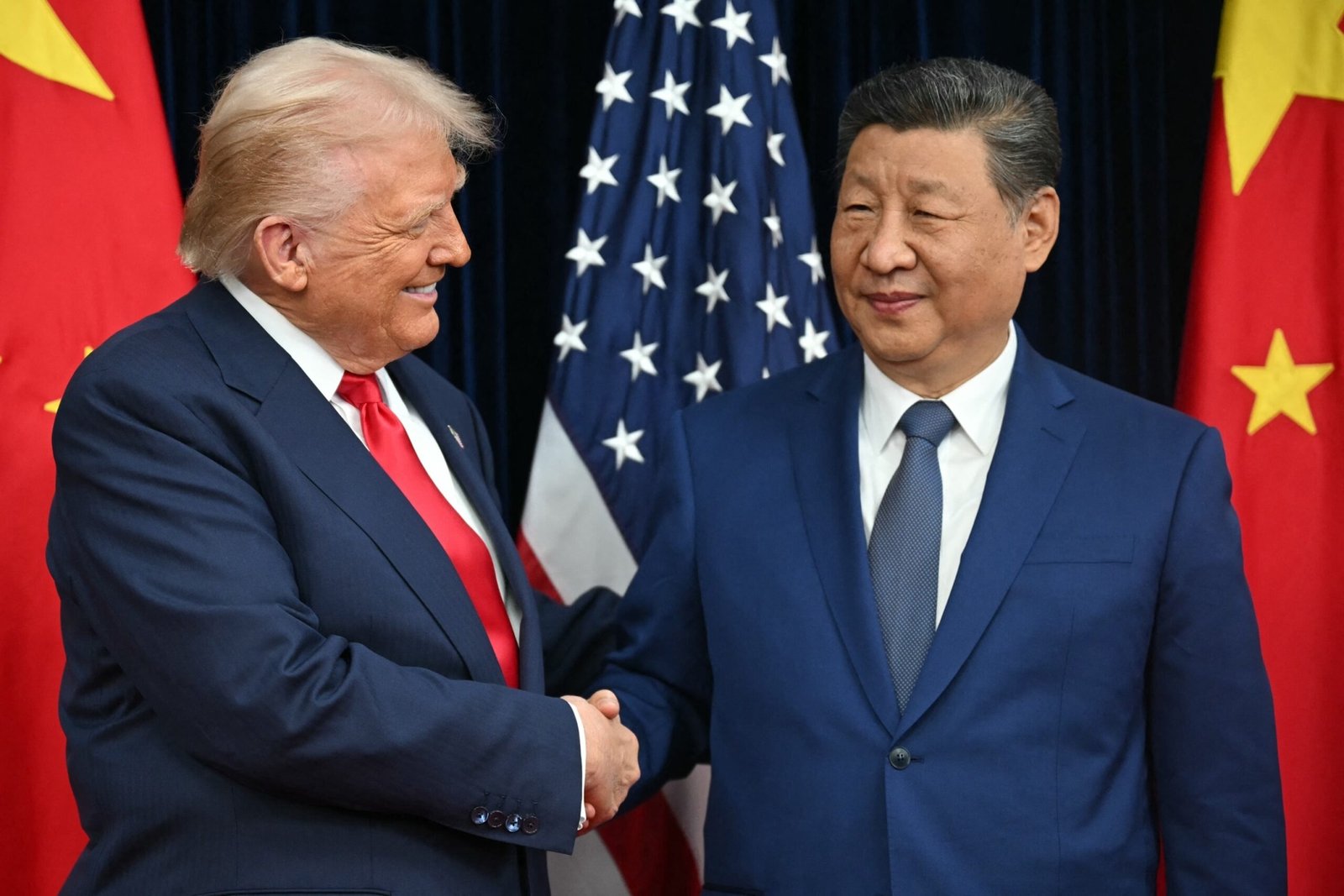The Federal Reserve cut its benchmark interest rate by a quarter of a percentage point on Wednesday, opting for its second interest rate cut this year in an effort to revive the weakened labor market.
The widely expected move results in an interest rate reduction sought by President Donald Trump, although the size of the cut falls short of the significant reduction repeatedly requested by the president.
The Federal Reserve had previously projected an additional quarter-point cut at its next meeting in December, but Federal Reserve Chair Jerome Powell on Wednesday expressed uncertainty about the prospects for another interest rate cut.
“A further policy rate cut in December is not a foregone conclusion; in fact, far from it,” Powell told reporters at a news conference in Washington, DC.
The Dow Jones Industrial Average, S&The P 500 and the tech-heavy Nasdaq fell slightly after Powell cast doubt on the likelihood of a further rate cut.
The policy marked the first interest rate adjustment since the start of a weeklong government shutdown that threatens to chill economic activity while sharply restricting the release of federal data on the gold standard prized by Fed officials.
Speaking Wednesday, Powell acknowledged the economic damage caused by the government shutdown but downplayed its lasting impact.
“The federal government shutdown will weigh on economic activity as long as it persists, but these effects should reverse when the shutdown ends,” Powell said.
In a rare exception to the economic data shutdown, the U.S. government issued an inflation report last week showing a continued acceleration in price increases, which may complicate the Federal Reserve’s attempt to revive the labor market.
Inflation has risen in recent months while hiring has slowed, raising the risk of an economic double whammy known as “stagflation.”
Those economic conditions have put the Federal Reserve in a bind, as the central bank must balance a dual mandate of keeping inflation under control and maximizing employment.
“Uncertainty about the economic outlook remains high. The Committee is alert to the risks to both sides of its dual mandate and judges that downside risks to employment have increased in recent months,” the Federal Open Market Committee (FOMC), a policymaking body of the Federal Reserve, said in a statement on Wednesday.
If the Federal Reserve raises interest rates as a means of protecting against tariff-induced inflation, it risks pushing the economy into a recession. On the other hand, if the Federal Reserve cuts rates to stimulate the economy amid a slowdown in hiring, it threatens to boost spending and worsen inflation.
Last month, the Federal Reserve cut its benchmark interest rate by a quarter percentage point, opting for its first interest rate cut this year. The federal funds rate is between 3.75% and 4%, its lowest level since 2022.
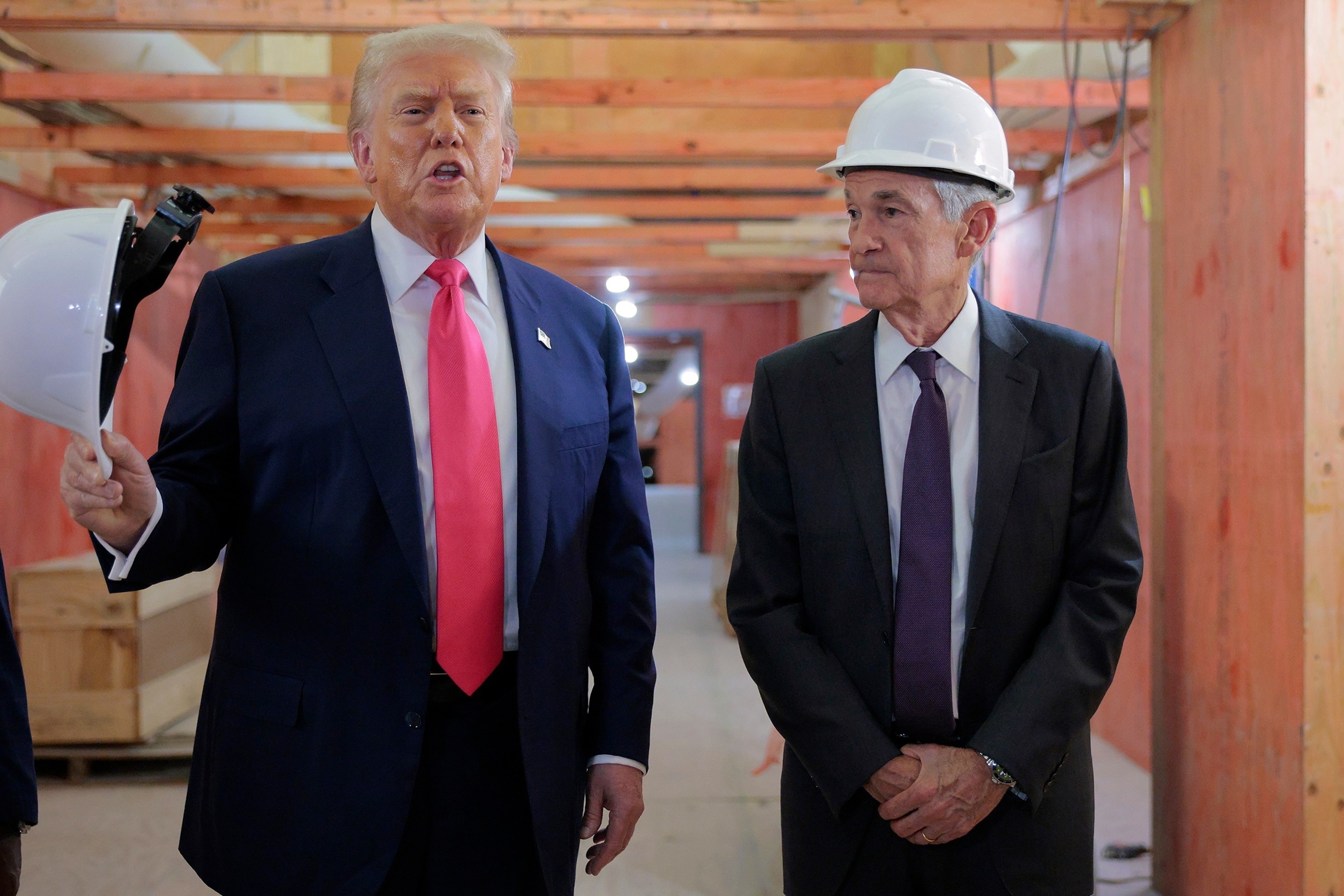
President Donald Trump and Federal Reserve Chairman Jerome Powell talk to reporters as they tour the $2.5 billion Federal Reserve Headquarters renovation project on July 24, 2025 in Washington.
Chip Somodevilla/Getty Images
Last month, the Federal Open Market Committee (FOMC), a policymaking body at the Federal Reserve, projected two additional quarter-point rate cuts over the rest of the year. By contrast, Trump has called for rate cuts of up to 3 percentage points.
Trump has carried out a pressure campaign on the Federal Reserve with few precedents.
In recent months, Trump has moved to fire one member of the Federal Reserve board of governors and secure Senate confirmation for another. Both officials were among 12 officials who voted on last month’s interest rate decision, although their status remained uncertain days before the Federal Reserve meeting. Both are set to cast votes again on Wednesday.
Stephen Miran, a senior White House economic adviser who joined the Federal Reserve last month, cast the only vote in favor of a larger half-point rate cut.
Trump attempted to fire board member Lisa Cook, who sued Trump over his impeachment attempt, saying the decision violated her legal protections as an employee of the independent federal agency. Trump said he fired Cook over mortgage fraud allegations against him.
Federal law allows the president to remove a member of the Federal Reserve board “for cause,” although no president has attempted such removal in the central bank’s 112-year history.
Last month, a federal judge issued a preliminary injunction requiring the Federal Reserve to allow Cook to continue playing her role as governor of the Federal Reserve System while her lawsuit moves through the courts.

